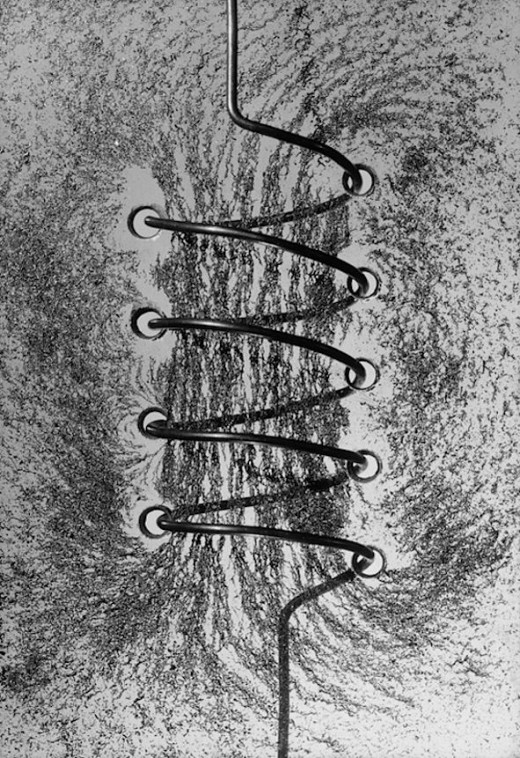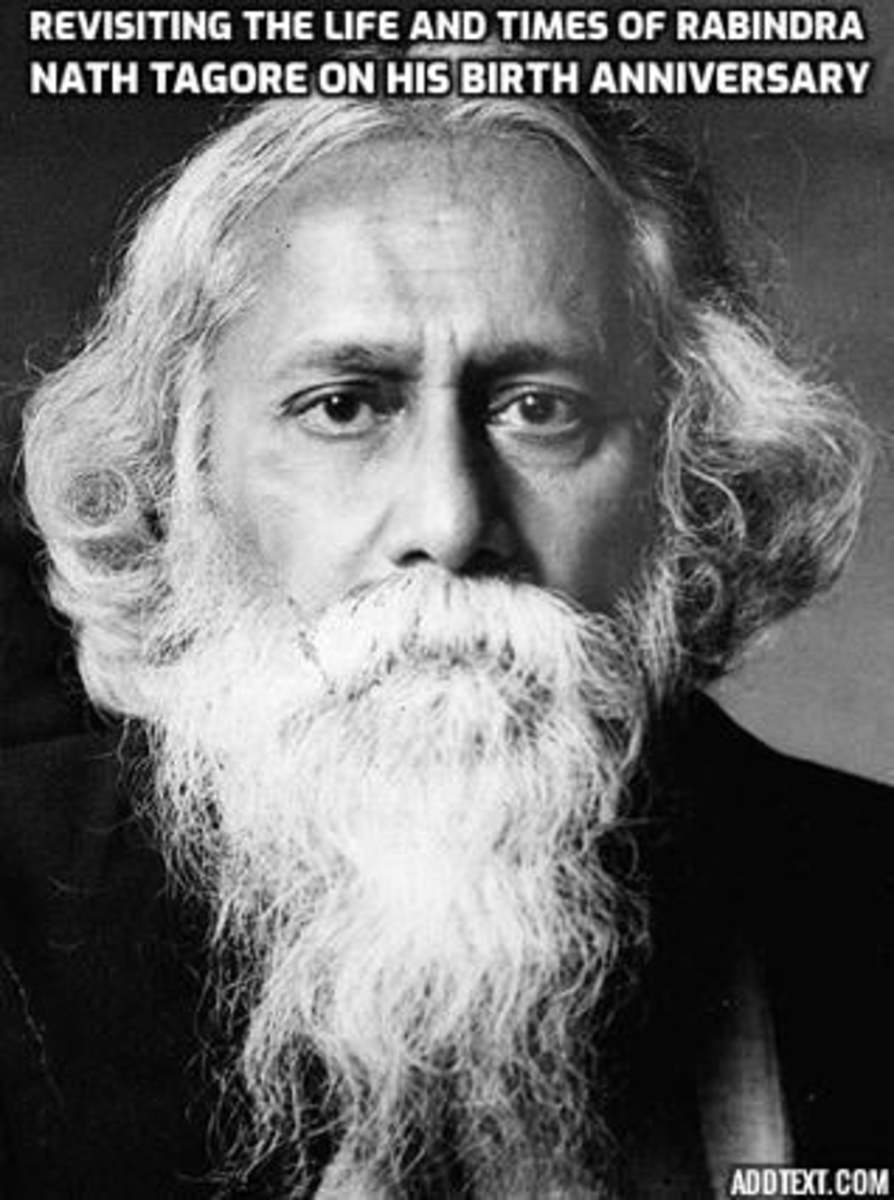Rationality in Motion: Not Only as an End, but Also as a Means

Unraveling the Rigid Structure of Rationality
As uncommon as it is viewed, claims on rationality tend to emerge out of a neglected narrative of becoming whereby a processing of efficiency, predictability, calculability, and control over uncertainty are found to be subjected toward an estimated end that shall declare a persisting account of effectiveness which – in turn – can be misleading (Ritzer, 1983, Pirsig, 1974). This is to manifest how rationality per se does not assume an encompassing sequence of influence, however rather suggests for it to be positioned upon a corresponding range of requisites – be it a guiding method or framework – to be brought into function by realigning them into a timeline of regularity whereby the presence of confusion is encouraged to be anticipated and therefore, becomes a given antecedent of rationality in its further sense.
This is apparent on how such an approach of scientific intervention is implemented, only when the situation seems to demand it. Hence, the assertion of a conditional cause and effect relationship of the underlying system that provides the structure of coinciding mechanisms in effect to which a transformative vision of rationality will contest by suggesting a sustainable means to regulate its intellectual process which then brings to a matter of hierarchies in terms of its rationale (Pirsig, 1974).
Hierarchies of thought are in vital position to be discussed, provided that they account for the conflict, technique, and solution in subject that shall take the lead of navigating the movement of progression to be derived from the operations which are yet to be executed during the course of implementation (Pirsig, 1974). Moreover, this hierarchy does not merely raise the regard toward the demands of a particular scientific or academic initiative, but also takes into account the expertise of an individual. Hence, creates a sense of credibility and accountability that is restricted to an extensive background of practice and mastery.
This is commonly observed on a contaminated notion that such a combination of hierarchy is limited to a standard manifestation of function whereby a material or an initiative in motion becomes tantamount to a potent agent without having to consider the internal activities that take into place in support of these. As a result, it entails an alternative imperative whereby a dynamic movement is not necessarily parallel to a notice of productiveness, unless such an image of standard is projected toward a holistic evaluation. In this case, this is where rationality gains an access to locate itself before any methodological attempt and to forward itself as a means to reinforce a much more compelling narrative of hypothesis and later on, of investigation.
With that, this asserts that such an attempt of reason can be understood in a sense which shall unravel the expanding boundaries of its purpose whereby a manifestation of initiative – be it a scientific or academic one – is examined by projecting this onto a possibility of extremities which may assume a product of accuracy or inaccuracy. It is along this matter that rationality is encouraged to be challenged, in a way wherein its essence is authorized to be acknowledged together with a direction of intent to which a scientific or academic initiative is believed to remain grounded on.
Because to do so, posits that rationality in its becoming is a process that is to be continually reexamined in its succeeding course whereby subjects of rationalization and procedurals alike are removed from being treated as mere objects of such an operation – evident from the attempt to quantify the subjects’ hypothetical narrative in order to diminish its means of proper assessment. Therefore, this raises a statement of perspective toward the concept of rationality – not only as an end, but also a means.
© 2020 Fiona Ricci





